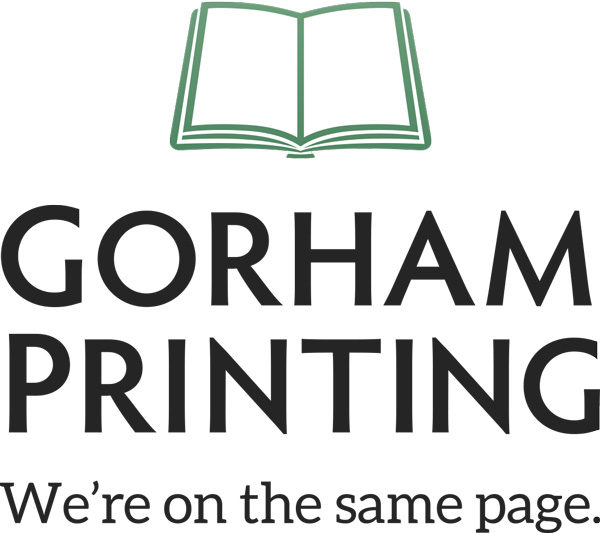Foil stamping is one of the oldest methods in the world to make a book shine, and it’s one of my favorites. Used for hundreds of years, foil stamping can be found anywhere from traditional, high-end books to new and innovative cover designs.
What is foil stamping?
Foil stamping is the process where hot metal foil is pressed into the cover of a book using a stamp. You might hear it called foiling, embossing, debossing, or stamping.
How are books foil stamped?
Foil stamping starts with what we call the die. For our dies, we use solid copper created in the exact shape of your design.
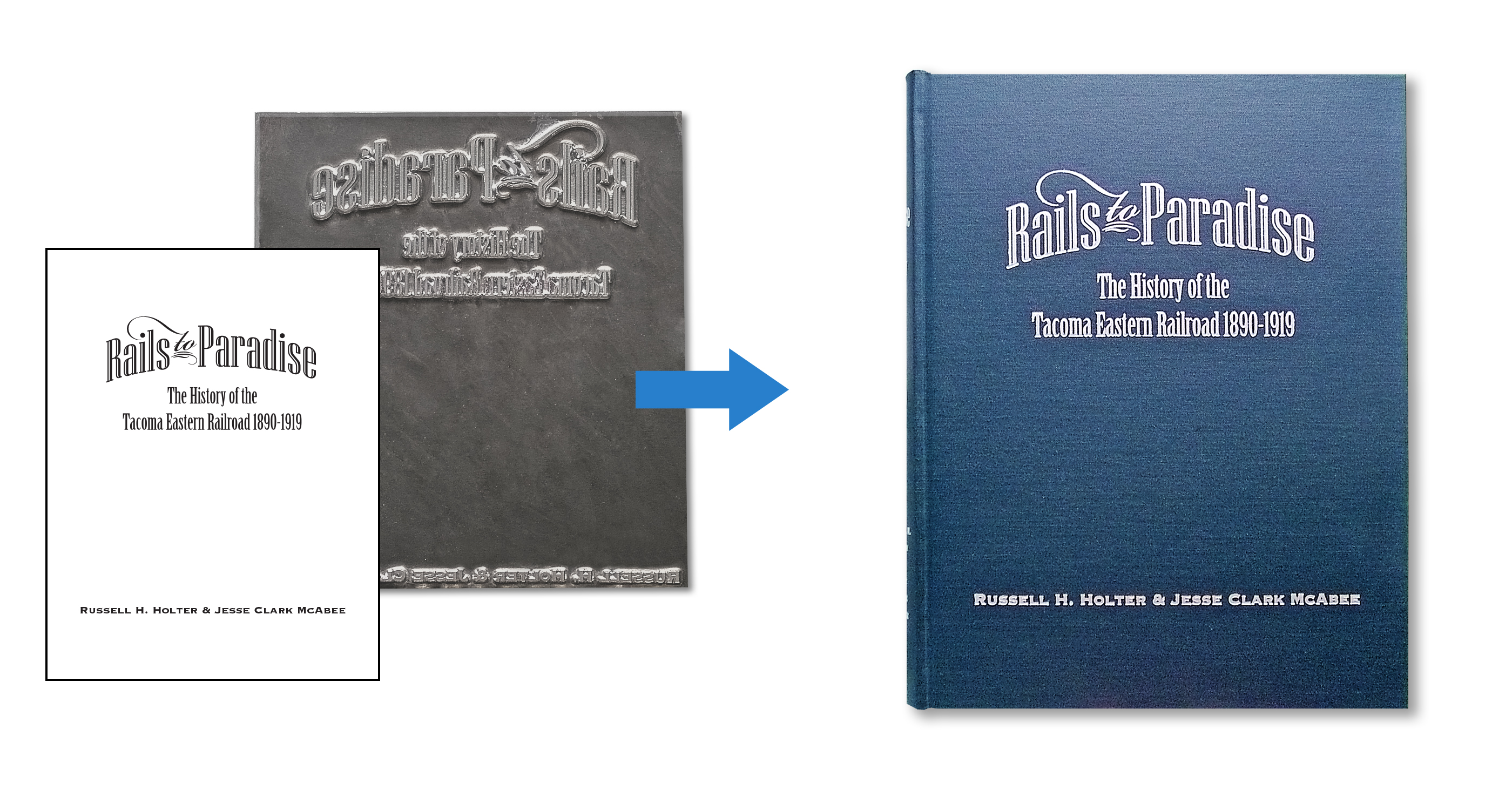
When it’s time to stamp your books, hot metal foil will be put on the die, and then the die will be pressed hard into the cover of your book. The heat and pressure make the metal foil stick to the book permanently.
Because we create a custom die for each book order, you can stamp anything you want on your books. You have an unlimited choice of fonts, designs, illustrations and choices. I love this because it gives each author a chance to make their book look unique. Seeing the new foil stamp designs is one of my favorite things!
Sometimes we receive a stamp design and know immediately it’s not going to get great results. Because we care about the quality of your books, we’ll always make sure to let you know if something looks off with the foil stamp. Here are a few things to keep in mind as you’re daydreaming about your design.
Three tricks for excellent foil stamping
- Use thick lines or thin lines, but not both.
The thicker a line is on a foil stamp, the harder the stamp has to be pressed into the book. When thick and thin lines are mixed, the thinner lines are pressed so hard that they expand and obliterate the design.
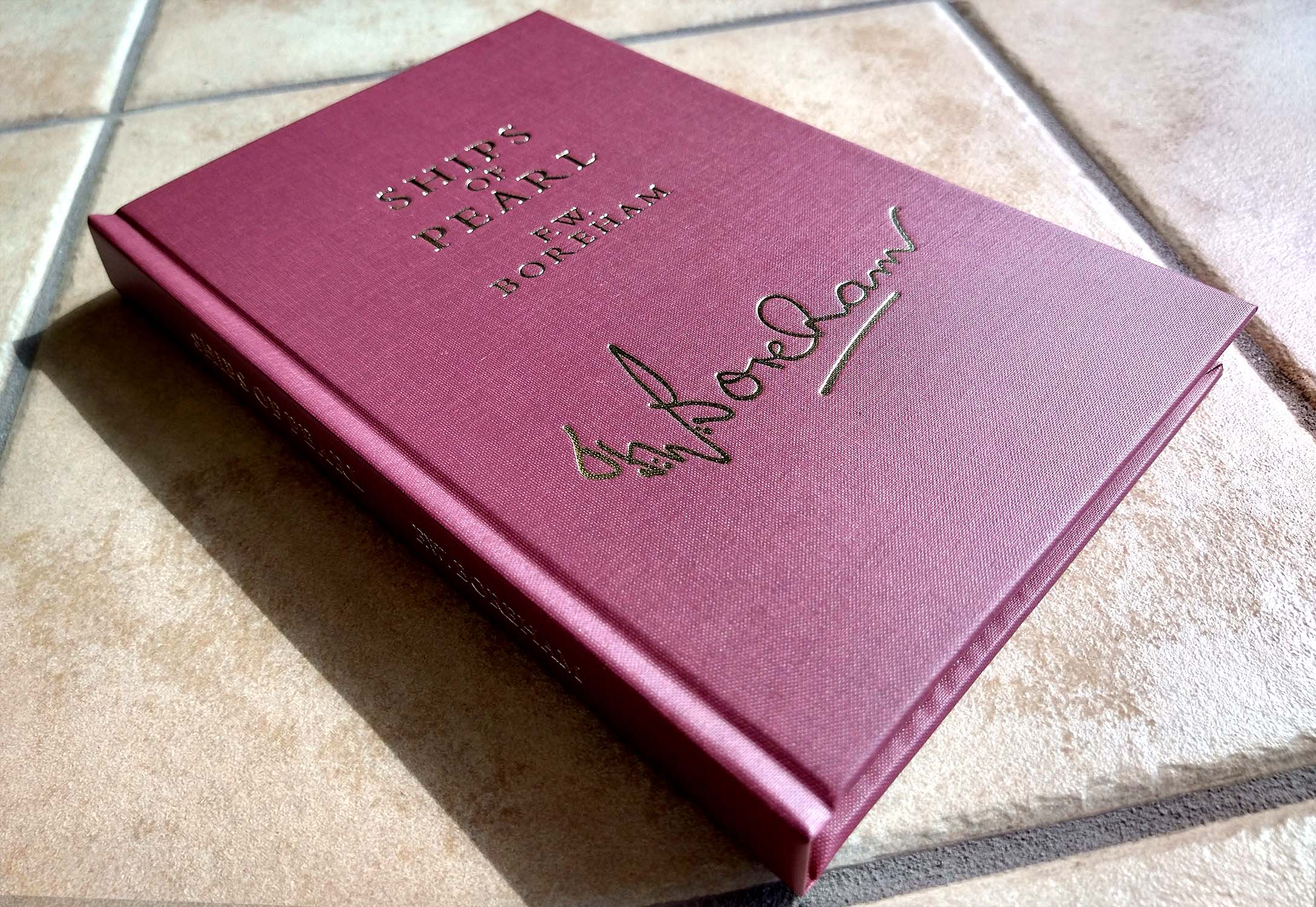
This foil stamp uses text and a signature, and keeps the line thickness in the same range. As a result, all of the lines are crisp, none of them are muddied, and the stamp looks refined and classic.
2. Watch out for the small stuff—literally.

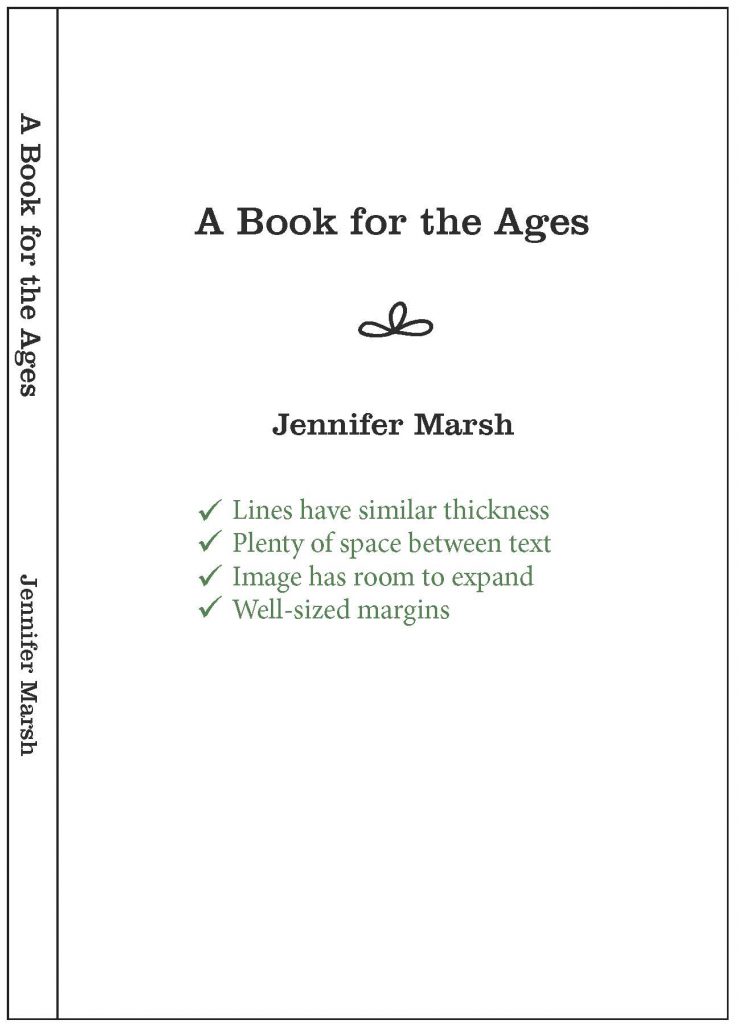
When it comes to printing your book, small details are no problem. You can include small fonts, little lines, and all the details in the world, and your book will still look fantastic. But because foil stamping is pressed, not printed, those small details have a tendency to change from intricate designs to messy blobs. The smaller the detail, the more likely this is to happen.
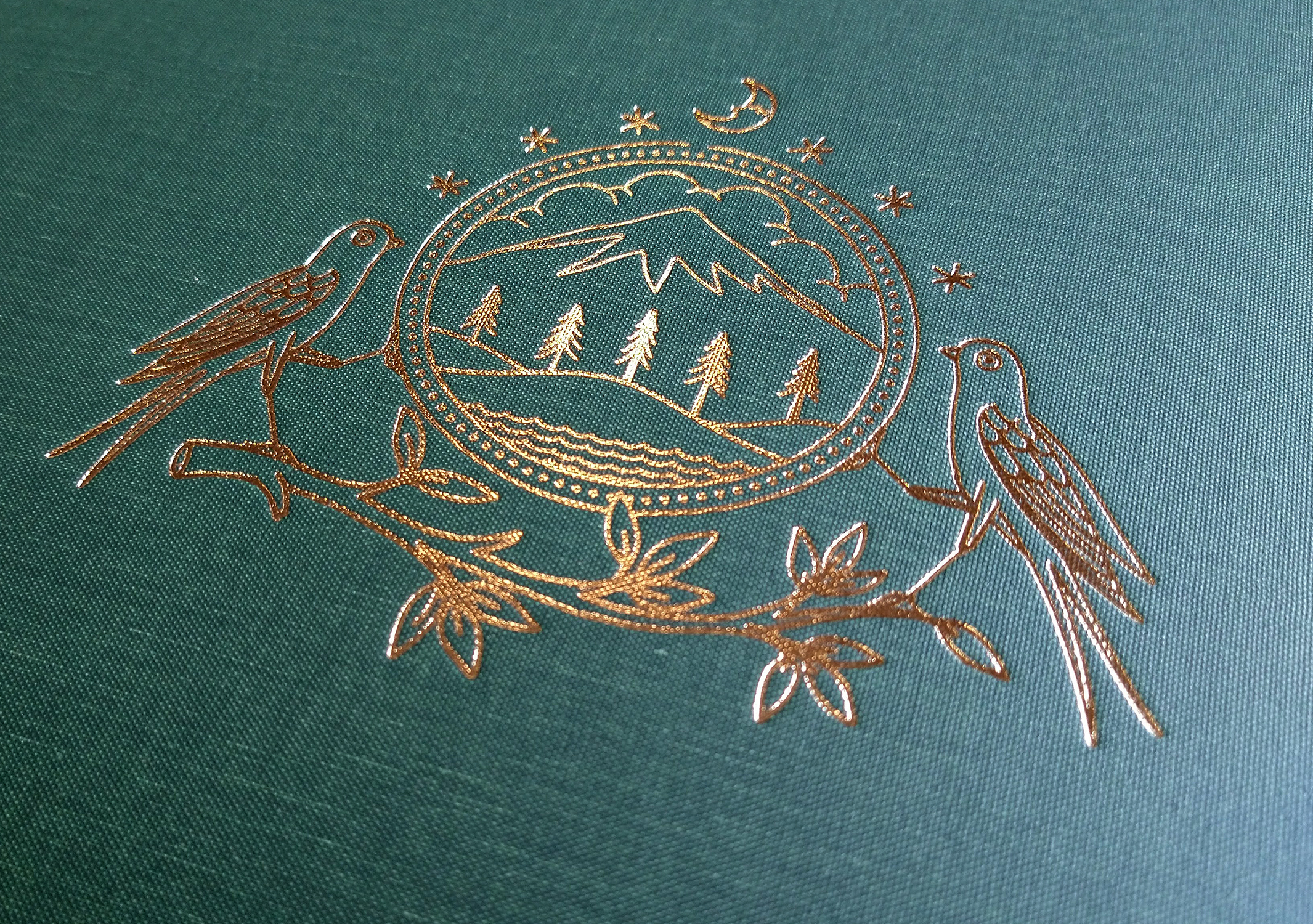
This doesn’t mean you can’t have small details. This book has plenty of small lines and dots, and ends up looking fantastic—it’s one of my favorites from 2021 so far. The key thing here is that there’s room for those lines to grow without bumping into each other. A great foil stamp design is one that has medium to large font and good spacing between details.
3. It can be complex—but it doesn’t have to be.
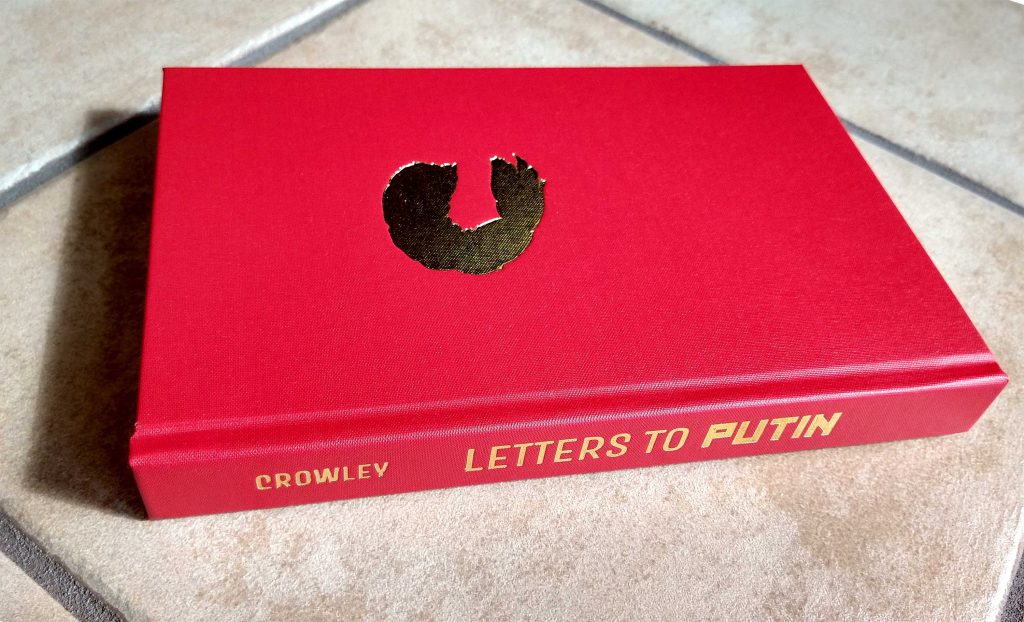
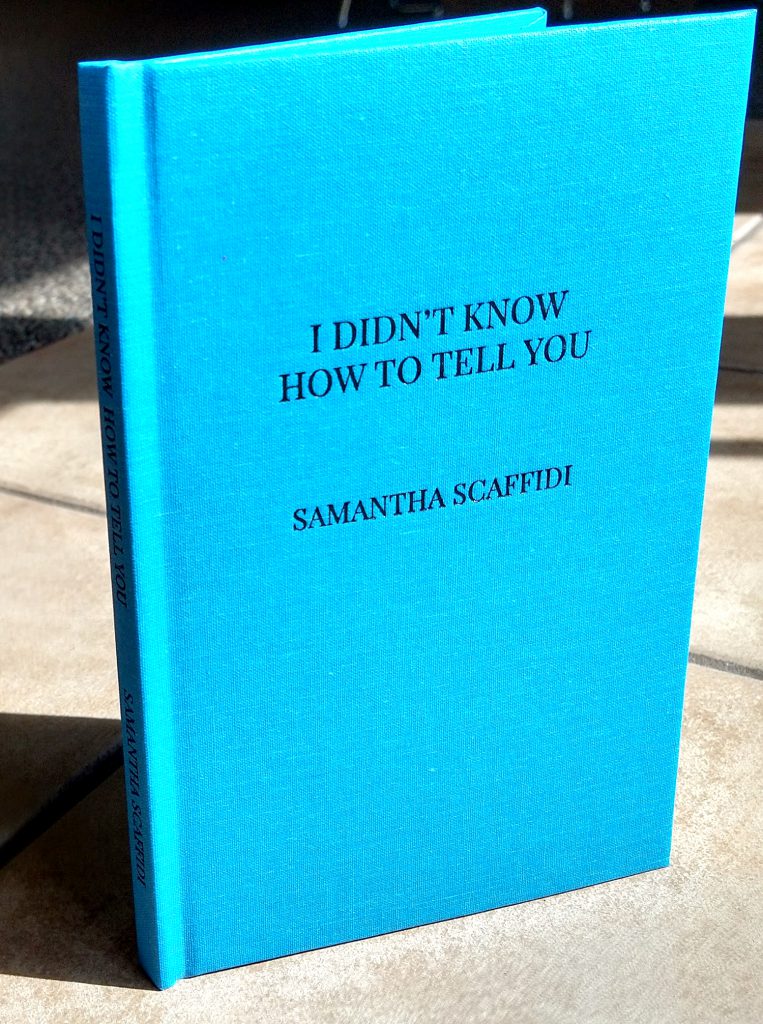
Simple doesn’t mean boring. These books used different approaches—one an image, and one a simple title with matte black foil—to create book covers that would pop out on any shelf. The foil stamp for your cover can be anything you want, but the best foil stamps are designed with simplicity in mind. This lets the cover design shine.
Designing for Foil Stamping
If you do have a complex design, or your design absolutely needs multiple colors and intricate detailing, don’t give up hope. A printed hardcover with 3D Spot UV is a great alternative when a foil stamping design doesn’t fit.
Ultimately, the thing that sets great foil stamping designs apart is that they’ve clearly been created with foil stamping in mind. When an author is writing a book, they’re spending a lot of time in the digital world, worrying about commas, plot points, sentence structure, and how to get Microsoft Word to mirror their margins. When it’s time to print the book, some authors make the mistake of staying in that digital world. But a book is more than the files you send in; it’s a physical object, and things like fabric choice, paper stocks, and line size play a big part in how the final books feel.

I recommend taking some time to peruse a couple books at your local bookstore. Peek under the dust jackets of your favorite hardcovers or grab a new softcover book and you’ll find stunning foil stamping waiting for you. As you take a look at what other authors have done, you’ll have even more inspiration for what you’d like to do.
